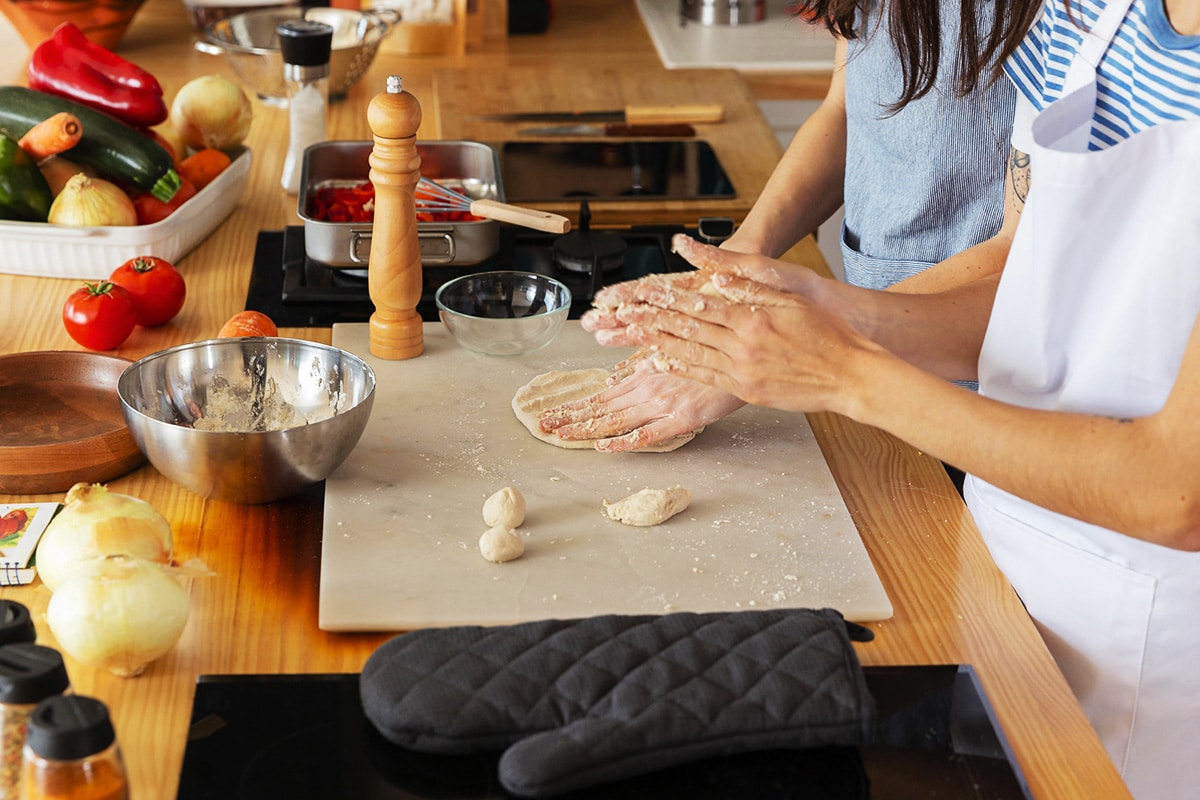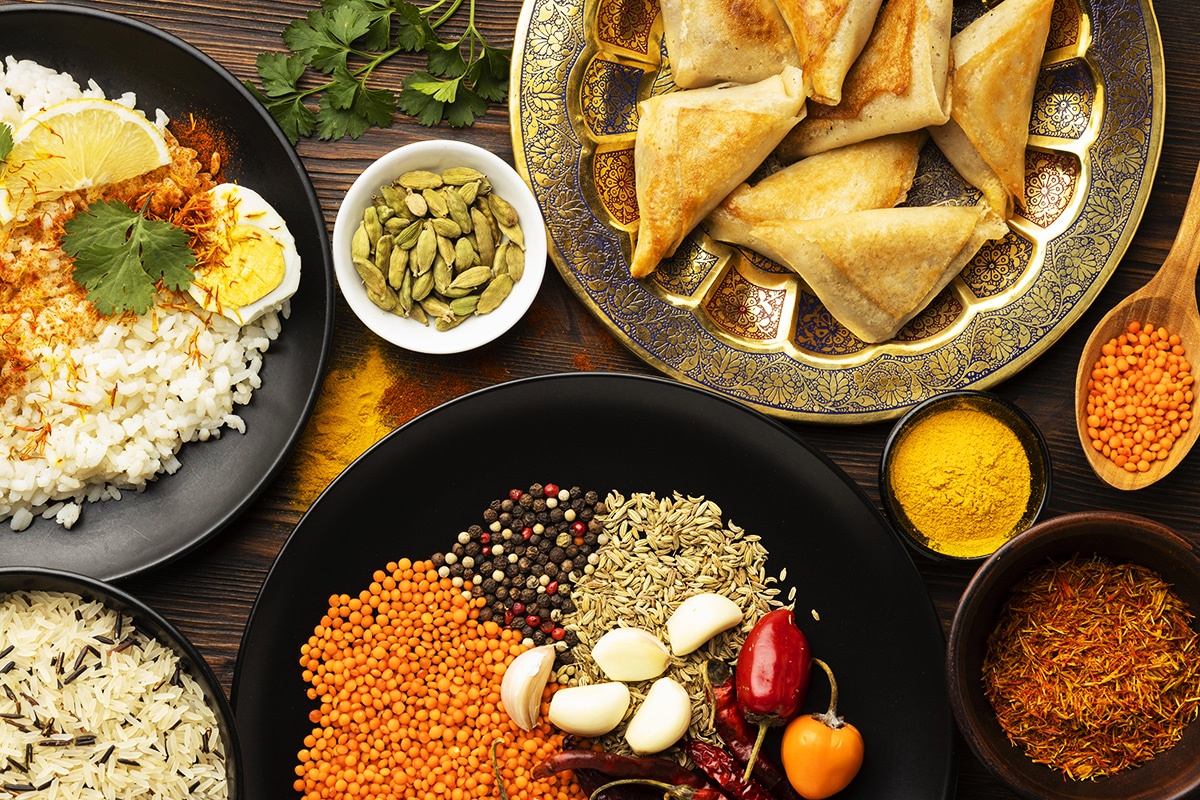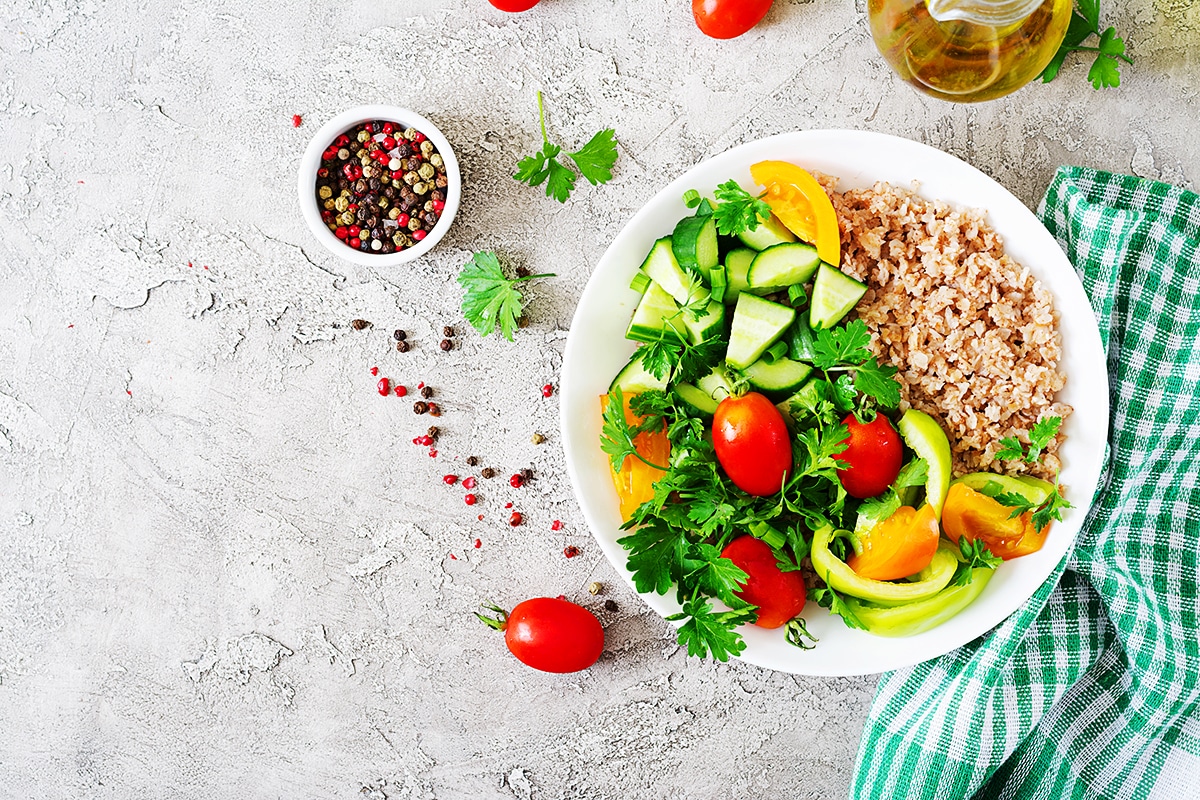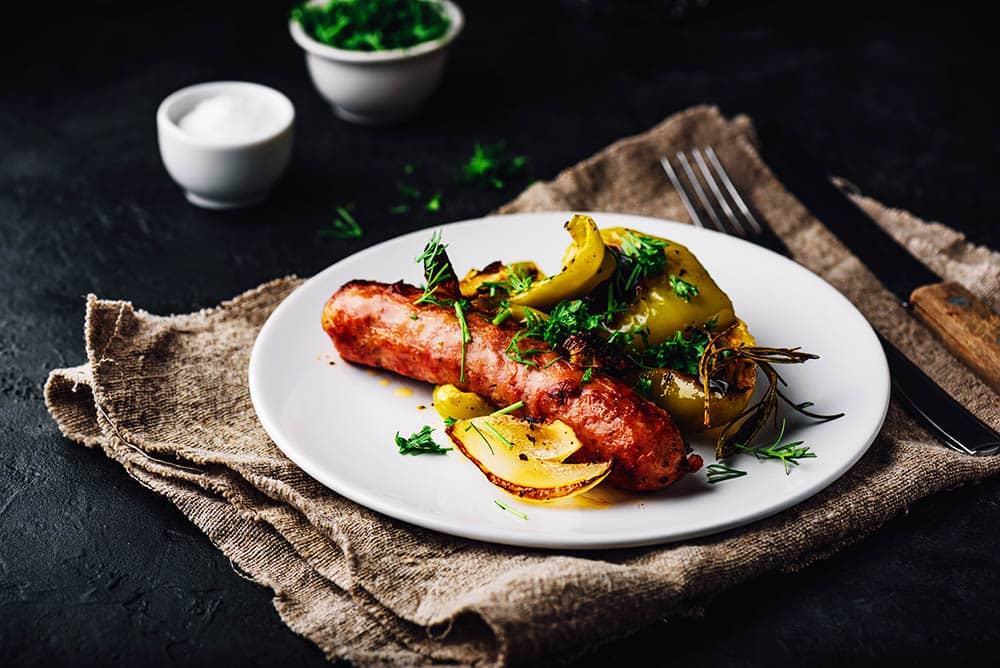India is known as a land of diversity, culture, color, and flavor. When you think of India, you cannot ignore the kaleidoscope of tastes and aromas that the land of spices and curry offers. Indian cuisine is an art, a tradition passed down from generations to generations, and is an essential part of its culture. It is a blend of varied cultures with diverse flavor profiles, and each region offers its distinct taste and culinary style.
Indian cuisine reflects the rich and vibrant history of the country, which dates back to thousands of years. Every region of India can boast of its distinct style of cooking. Indian cuisine includes a vast range of vegetarian and non-vegetarian dishes that are cooked using a variety of spices, herbs, and condiments. It is said that the real beauty of Indian food lies in its blend of spices that doesn’t overpower but enhances the taste of every dish.
The Origins of Indian Cuisine
The ancient Indian civilization has an undeniable influence in shaping Indian cuisine. Indian cuisine evolved over centuries, and various dynasties that ruled India from time to time had their share of influence on the cooking style. The Aryans introduced the concept of yogurt, spices, and clarified butter or Ghee, while the Muslims brought the art of cooking meat and the use of saffron, a prized spice. The British also left an impact on Indian cuisine with the introduction of tea, baking, and puddings.
Each region of India has its unique taste, some of the popular ones being Punjabi, South Indian, Rajasthani, Bengali, and Gujarati cuisine. Indian cuisine can be broadly divided into two categories, North Indian and South Indian. The North Indian cuisine has a rich taste and is dominated by spices like cumin, coriander, bay leaves, and cardamom. The South Indian cuisine, on the other hand, has a mild flavor and is predominantly vegetarian, with extensive use of rice and lentils (dals). Coconut, tamarind, and curry leaves are widely used in South Indian dishes.
The Essentials of Indian Spices
Indian cuisine is famous for its use of spices. The aromatic flavors and unique taste of Indian dishes are due to the correct use of spices. Indian spices not only add flavor but also have several health benefits. Here are some of the essential Indian spices that can transform your dishes:
• Cumin seeds (Jeera) – Used in cooking rice, gravies, and seasoning.
• Turmeric powder (Haldi) – Used for its bright yellow color, and also has anti-inflammatory properties.
• Cardamom (Elaichi) – Used in sweets, tea, and biryanis.
• Coriander seeds (Dhania) – Used in gravies and chutneys.
• Cinnamon (Dalchini) – Used in sweet dishes and curries.
• Cloves (Laung) – Used in biryanis, pulao, and flavoring.
• Fenugreek seeds (Methi) – Used in lentils, vegetables, and spice blends.
The Popular Indian Dishes You Can Try!
Indian cuisine has a vast variety of dishes that caters to both vegetarians and non-vegetarians. Here are some of the popular Indian dishes you must try:
• Butter Chicken – A decadent dish of chicken pieces marinated in curd, spices, and cooked in a creamy tomato-based gravy.
• Chicken Tikka Masala – Another popular dish of marinated and grilled chicken pieces in a creamy tomato-based gravy.
• Rogan Josh – A traditional and aromatic Kashmiri dish of lamb cooked in a thick gravy flavored with Kashmiri spices.
• Biryani – A fragrant rice dish cooked with meat or vegetables, saffron, and spices.
• Palak Paneer – A vegetarian dish cooked with spinach puree and chunks of cottage cheese.
• Chana Masala – A popular vegetarian dish prepared with chickpeas cooked in a blend of spices and tomatoes.
• Dosa – A South Indian favorite, it is a crepe made with fermented rice and lentil batter, served with coconut chutney and sambar.
Tips for Cooking Indian Cuisine at Home
If you are an Indian food lover and want to try cooking Indian dishes at home, here are some tips that can come handy:
• Plan your meal – Indian cuisine involves several steps, so plan your meal in advance to avoid last-minute hassle.
• Have the right ingredients – Indian dishes require specific spices, herbs, and ingredients that are not found easily. So, make sure you have all the right ingredients before starting.
• Use fresh spices – Indian dishes rely on fresh spices. So, grind your spices at home or buy them freshly ground.
• Be patient – Indian cuisine requires patience and love. Take your time, and let the spices blend well before moving on to the next step.
• Experiment with flavors – Indian cuisine offers a range of flavors. Don’t be afraid to experiment with different spices, and try new combinations.
The Final Words
Indian cuisine is a paradise for food lovers. The flavors, colors, and aromas of Indian dishes can leave anyone spellbound. Whether you’re a vegetarian or non-vegetarian, Indian cuisine has something to offer everyone. Indian cuisine is a journey of spice, color, and tradition that reflects the rich and diverse history of the country.
In conclusion, if you are planning to explore Indian cuisine, start by trying the popular dishes, and eventually, move on to the regional specialties. Get the right spices and ingredients, and let your taste buds experience the mystical flavors of India!




